Introduction
Ever bought a bag of vibrant green matcha, tucked it into your pantry, and later wondered, Wait, how long does matcha powder last? You’re not alone; many of us hesitate before whisking up a cup, worried if it’s still fresh or if that earthy flavor has already faded away. Nothing feels worse than realizing your favorite matcha might not taste the same anymore.
In this post, we’ll clear up all the confusion about matcha’s shelf life, storage tips, and how to spot when it’s past its best. By the end, you’ll know exactly how long your matcha powder lasts and the best ways to keep it fresh, vibrant, and delicious for every cup.
What Makes Matcha Go Bad Over Time?
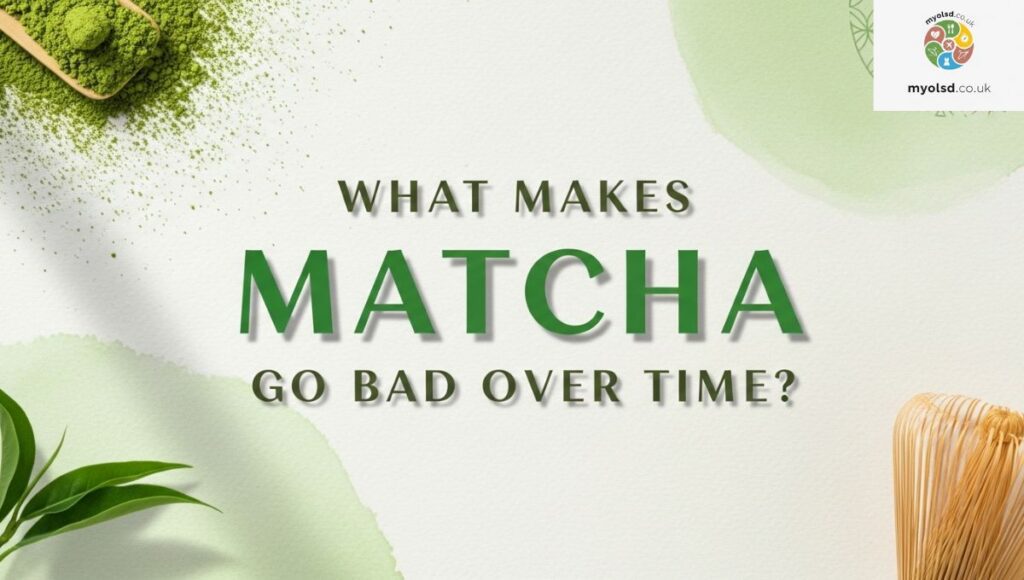
Several factors can cause matcha to lose its quality. Exposure to oxygen, moisture, heat, and direct sunlight accelerates oxidation, leading to bitter taste and color changes. Even high humidity in your kitchen pantry can speed up deterioration.
Improper storage conditions, such as leaving the powder in a loosely sealed bag, can also invite odors and mold. That’s why storing matcha in an airtight container, in a cool and dark place, is crucial to preserving freshness.
Is It Safe to Drink Expired Matcha?
Drinking expired matcha isn’t typically harmful if it shows no signs of mold or spoilage. However, the experience will be underwhelming. You may notice stale aroma, a flat taste, or a lack of the frothy layer during whisking.
While expired matcha may still work in baking recipes or smoothies, it won’t deliver the vibrant flavor, earthy notes, or health benefits you’d get from fresh, high-quality matcha.
Read more Article:How Much Do Eavestroughs Cost
How Long After Opening Does Matcha Go Bad?
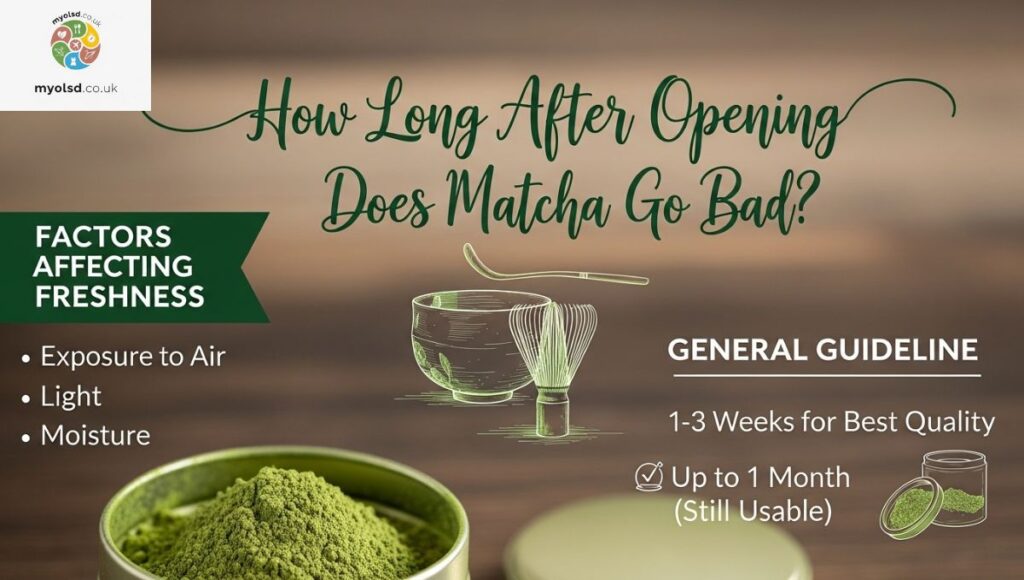
Once opened, matcha powder usually stays fresh for 60–90 days if stored properly. Some ceremonial grades retain their vibrant flavor up to 3 months, while culinary grades used for cooking can last a little longer.
To maximize longevity, always reseal your container tightly after use and keep it away from moisture and strong odors. For best results, avoid refrigeration unless you live in a hot or humid climate condensation can cause clumping.
Learn Everything About Matcha: Storage, Preparation, Reuse, and More
Proper storage is the key to enjoying matcha at its best. Keep it in an airtight container, away from light, heat, and oxygen. A cupboard or pantry works well, but some people prefer refrigeration with careful handling to avoid condensation.
When your matcha starts losing its vibrancy, don’t toss it right away. You can repurpose stale or expired matcha for skincare, baking, or DIY projects, ensuring you still get value from it.
Learn How to Tell If Matcha Has Gone Bad
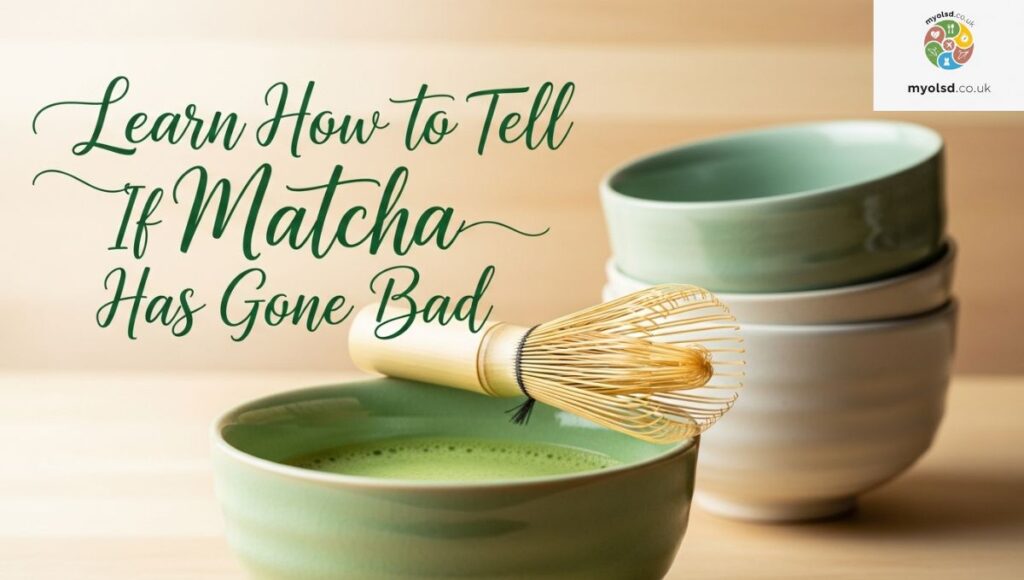
The easiest way to judge your matcha’s freshness is through your senses. By checking color, smell, texture, and taste, you can quickly tell if your powder has oxidized or deteriorated.
Five Methods to Check and Know If Your Matcha Has Spoiled:
1. The Color Test
Fresh matcha should be bright and vibrant green. If it turns a dull yellow or brownish hue, oxidation has taken place, and the powder is no longer fresh.
2. The Sniff Test
Premium matcha carries a grassy scent with subtle umami notes. A stale or musty smell indicates loss of freshness or possible mold growth.
3. The Sift Test
When sifted, fresh matcha feels smooth and silky. Old matcha, on the other hand, may clump, feel gritty, or appear dry and chalky.
4. The Whisk Test
When whisked properly, fresh matcha forms a rich frothy layer with fine bubbles. Expired or stale matcha won’t foam as well, leaving a thin layer or none at all.
5. The Taste Test
Fresh matcha offers a balanced flavor—sweet, grassy, and slightly earthy. If your powder tastes bitter, flat, or metallic, it’s a sign of staleness.
What Should I Do With Matcha That Has Gone Bad or Stale?
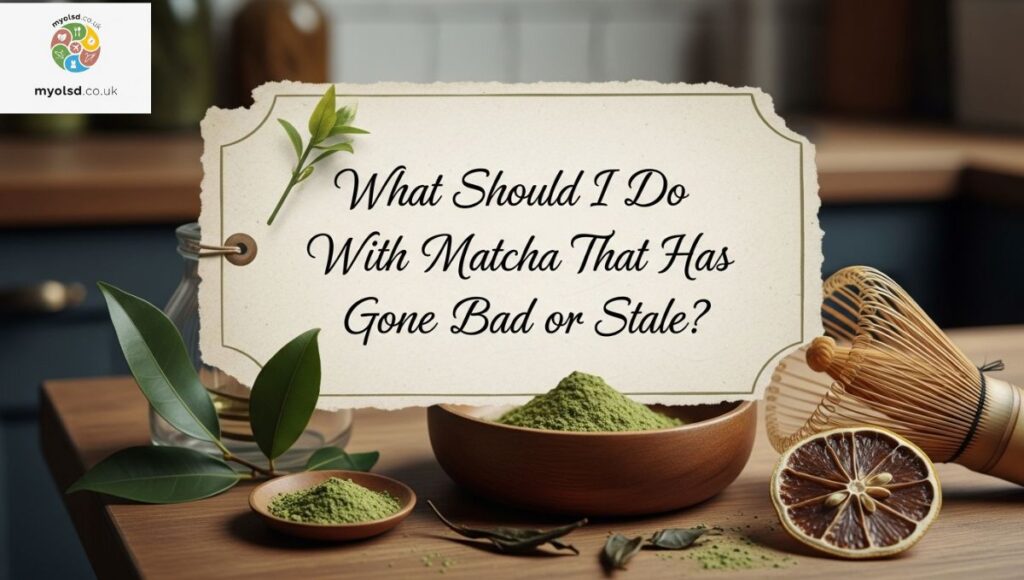
If your matcha has lost its taste but isn’t moldy, you can still use it for non-drinking purposes. Expired matcha won’t provide the same tea experience, but it’s still safe for other uses.
You Can Use Your Stale or ‘Expired’ Matcha For:
- Baking Recipes – Cakes, cookies, or pancakes.
- Fat-Burning Smoothies – Blend with fruits, yogurt, and honey.
- Homemade Ice Cream – Mix into cream bases for a light green tea flavor.
- DIY Skincare – Face masks or scrubs.
- Hair Masks – Boost scalp health naturally.
- Possibly for Pets (With Vet Approval) – Some pet owners mix small amounts into dog treats.
What Is a Non-Negotiable Sign I Should Throw Out My Old Matcha?
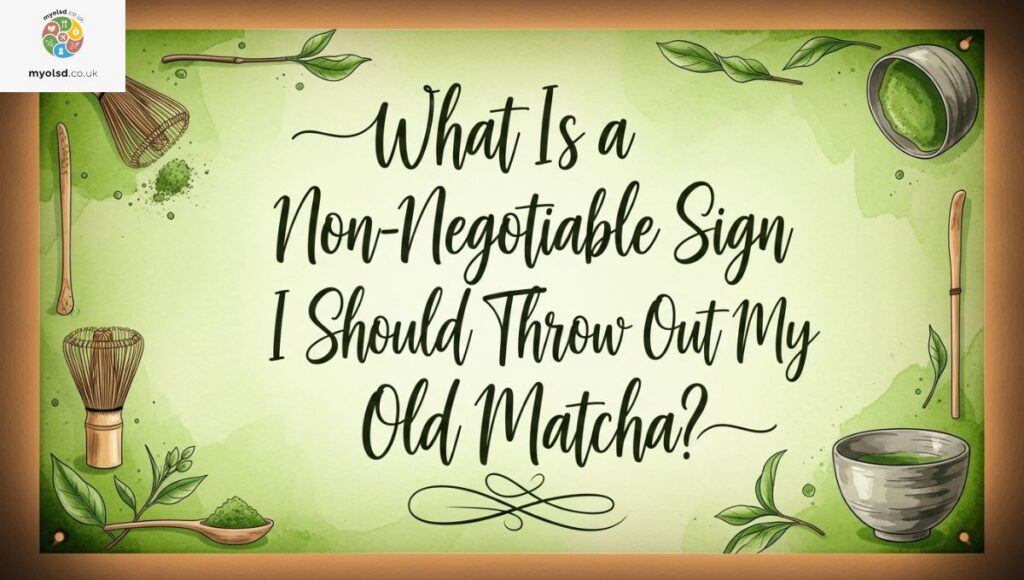
If you notice mold, a foul odor, or extreme clumping due to moisture, throw it out immediately. These are signs of contamination and unsafe consumption.
Always Check the Production Date to Ensure Freshness
When shopping, always check the production date and packaging quality. Authentic Japanese matcha, stored in airtight containers, gives you the best experience. For maximum freshness, buy smaller amounts that you can finish within a few months.
FAQs
Does matcha powder expire?
Yes, matcha powder expires as its flavor, color, and nutrients degrade over time.
How to tell if matcha is bad?
Matcha is bad if it loses its bright green color, smells stale, or tastes bitter and flat.
How long should I keep matcha powder?
Opened matcha should be used within 1 to 3 months for the best freshness.
Can I use 3-year-old matcha powder?
You can, but it will likely taste stale and lack quality, so it’s not recommended.


Good 👍